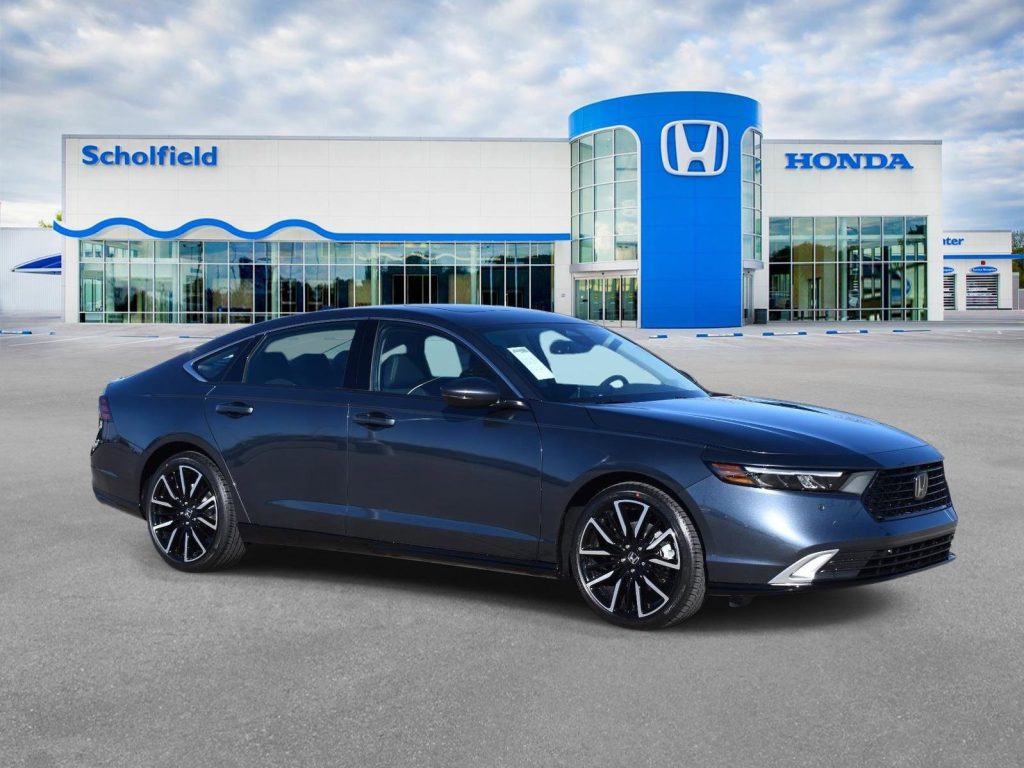The automotive industry in 2025 is witnessing a surprising trend: legacy automakers are outperforming pure electric vehicle (EV) companies in the stock market. While EVs captured headlines over the past decade as the future of mobility, recent shifts in consumer preferences, supply chain realities, and regulatory frameworks have revitalized traditional auto manufacturers. The resurgence of hybrid vehicles, the enduring power of vast dealer networks, and emerging economics around battery recycling are three key factors driving this performance divergence. Understanding these elements reveals why legacy auto stocks are regaining investor favor and how the broader industry is evolving in the face of sustainability and technological challenges.
Hybrid Vehicle Demand Resurgence
One of the most striking developments is the renewed consumer appetite for hybrid vehicles. Hybrids, which combine internal combustion engines with electric motors, offer a middle ground between fully gasoline-powered cars and pure EVs. This balanced approach appeals to drivers wary of some of the limitations of EVs, such as range anxiety, charging infrastructure gaps, and higher upfront costs.
In many global markets, particularly outside of urban centers, hybrid vehicles have become the pragmatic choice. Regions with uneven electric charging availability or longer driving distances favor hybrids that provide electric efficiency benefits without sacrificing convenience. Legacy automakers, with decades of engineering expertise in combustion engines, have optimized hybrid powertrains to offer excellent fuel efficiency while maintaining reliability.
Furthermore, regulatory policies in multiple countries now support hybrid vehicles as a transitional technology toward full electrification. Incentives such as tax rebates and lower emissions standards for hybrids have encouraged consumers to select them over pure EVs. This policy landscape, combined with automakers’ extensive hybrid portfolios, has enabled legacy companies to capture a significant share of the market growth in 2025.
Hybrid models also tend to appeal to a broader demographic. Consumers who are price-sensitive or concerned about battery longevity often prefer hybrids because they avoid the battery size and range requirements of EVs, resulting in lower purchase prices and less exposure to battery degradation concerns. This broader appeal is reflected in rising sales volumes and has buoyed the stock prices of traditional auto manufacturers relative to their pure EV competitors.
Dealer Network Advantages
Legacy automakers benefit from vast and well-established dealer networks that remain a significant competitive advantage. These networks provide extensive geographic reach, personalized customer service, and trusted brand relationships developed over decades. While EV pure plays often rely heavily on direct-to-consumer online sales, many consumers still value the in-person experience of purchasing, servicing, and maintaining vehicles at local dealerships.
Dealerships also play a critical role in educating buyers, financing purchases, and managing trade-ins, functions that pure EV companies are still building out at scale. This advantage is especially pronounced in less urbanized areas where internet penetration and EV familiarity are lower. The dealer presence enables legacy automakers to maintain customer loyalty and cross-sell a range of vehicle types, including hybrids, traditional combustion models, and EVs.
Moreover, dealers are evolving to support electric and hybrid vehicles by investing in charging infrastructure and technician training. Many legacy brands have introduced certification programs to ensure dealerships can service advanced powertrains effectively. This capability reassures customers that their vehicles will receive expert care close to home, reducing barriers to adoption.
Financially, dealer networks contribute steady revenue streams through servicing, repairs, and parts sales. For legacy automakers, this aftermarket business bolsters overall profitability, cushioning stock performance during periods of vehicle sales volatility. In contrast, many EV pure plays are still developing mature servicing ecosystems, resulting in higher customer acquisition costs and narrower profit margins.

Battery Recycling Economics
Battery recycling is emerging as a critical factor influencing the economic viability and environmental sustainability of electric and hybrid vehicles. Legacy automakers have made substantial investments in battery recycling technologies and partnerships to secure critical raw materials such as lithium, cobalt, and nickel. These initiatives reduce dependency on volatile commodity markets and mitigate supply chain risks that have plagued EV manufacturers.
In 2025, advances in recycling technologies allow legacy automakers to reclaim high percentages of battery materials efficiently and at scale. This closed-loop approach not only reduces costs but also aligns with tightening environmental regulations targeting battery disposal and resource extraction. By contrast, many pure EV companies still rely heavily on newly mined materials, exposing themselves to price volatility and geopolitical risks.
Battery recycling also improves the total cost of ownership for consumers by enabling more affordable battery replacements and promoting longer vehicle lifespans. Legacy automakers leverage their scale and established logistics to integrate recycling into vehicle lifecycle management, enhancing sustainability credentials and reducing long-term expenses.
Additionally, governments worldwide are imposing stricter recycling mandates and offering incentives to manufacturers that adopt circular economy principles. Legacy automakers with mature recycling programs benefit from these policies, whereas newer EV players face higher compliance costs and operational challenges adapting to evolving regulations.
Conclusion
The outperformance of legacy auto stocks over EV pure plays in 2025 results from a confluence of factors that reaffirm the strength of traditional manufacturers in a rapidly evolving industry. The resurgence of hybrid vehicle demand reflects consumer pragmatism and regulatory support, enabling legacy brands to capture broad market segments. Established dealer networks provide unmatched customer service, financing, and servicing advantages that sustain sales and profitability. Meanwhile, battery recycling economics bolster cost efficiency and environmental compliance, giving legacy automakers a strategic edge in supply chain management.
While EV pure plays remain vital innovators pushing the industry toward a cleaner future, their stock performance faces headwinds related to infrastructure gaps, higher costs, and evolving regulatory pressures. Legacy automakers are leveraging their scale, experience, and adaptability to maintain competitiveness and investor confidence amid this dynamic landscape.
Looking ahead, the interplay between hybrid technology, dealer ecosystems, and sustainable battery management will continue to define winners and losers in the global automotive sector. For investors, understanding these nuanced drivers offers valuable insight into the shifting balance between legacy and electric vehicle companies in 2025 and beyond.














































